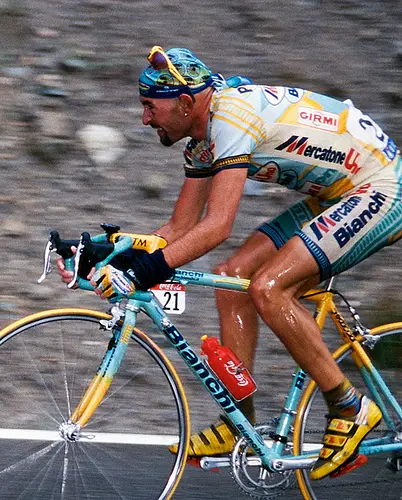Cycling and food are two of passions of mine. Sometimes I wonder if the main reason for the former is to create a calorie deficit that excuses my intake of the latter.
 |
| View from the hot seat |
I recently had the privilege of enjoying
Dinner on the Pass in The Sheraton hotel's
One Square kitchen. The cycling equivalent of this foodie experience would be to ride in a pro-team car that's driving alongside the peloton: sitting at the pass, watching the kitchen work at full steam; the brigade of chefs in perfect synchronisation, gathered around their leader, selflessly doing his bidding, preparing the ground for a team's grand victory (and at the feed zone the musettes held more promise than energy gels and rice cakes).
 |
| The road book |
In this peloton, Sheraton Executive Chef,
Malcolm Webster, is patron, running his kitchen in a manner that's surprisingly calm yet clearly effective: beware fans of the swearing and sweating kitchen cliché, you might be disappointed.
In fact, my previous experience of a hotel kitchen was a stint, many moons ago, as a kitchen porter in Edinburgh’s George Hotel – an experience of grovelling, sweating, anger-filled heat that put me off catering-as-profession for good. The experience was something on the same grovelling, gruesome level as Orwell’s Down and Out in Paris and London. Suffice to say the plungeur's life was not for me.
 |
| Prolougue |
Chef Webster's kitchen is the antithesis of that, a place that employs the cooking equivalent of Team Sky's
marginal gains philosophy. There's no naked gas flame here, only inductive stoves and hobs (not to mention the Green Egg barbecue, the steamers and sous vide machines). Huge ceiling fans and ducts suck out the heat and pump in cool, calming air. Orders come through on a printer and each section gets a copy so the atmosphere is quiet, minus the barked call-and-answer routine we've all seen done to death on Masterchef — why do things they way they have always been done when there's a better, modern method? Whisper it: yes chef.
 |
| A fast stage |
 |
| The queen stage |
So as I sat at the shining marble-slab of a pass, feeling like a cross between Greg Wallace and Mr Creosote, Chef Webster dished up a six-course menu that was perfectly balanced, like the route of week-long stage race.
We began with a prologue of beetroot and Connage crowdie, and then sprinted towards the coast and an oceanic Partan bree. A well-judged intermediate stage of barbecued mackerel led back inland to the Queen stage of turbot with oxtail (a dish I will dream about for years to come). The leader’s jersey was challenged by a serving St Bride’s Farm duck, before the short but satisfying penultimate étape of Smoked Cuddy’s Cave cheese and quince.
The dénouement was a final flourish dessert called Pudding on the Pass, like laps of the Champs Elysees, had Salvador Dali been the original Paris city-planner (imagine using a spoon to pick your way through the remains of a sweet shop that's been dropped from a great height, and you’re only halfway to getting it).
 |
| Yellow-jersey challenger |
 |
| Chef Dali adds a flourish |
Chef Webster not only dished up amazing food, he didn't seem to mind my constant interruptions and enquiries. He was asked about everything from poaching eggs (they gently steam theirs in the shell before cracking them into water to maintain that perfect shape) to his opinions on Professional Masterchef, and answered with a the kind of passion and knowledge that was evident in his kitchen's end product.
By the time we stumbled out into the night, I was grinning inanely and doing my best to keep thoughts from the coming day's calorie-crunching bike ride.












.JPG)









.JPG)



.JPG)


